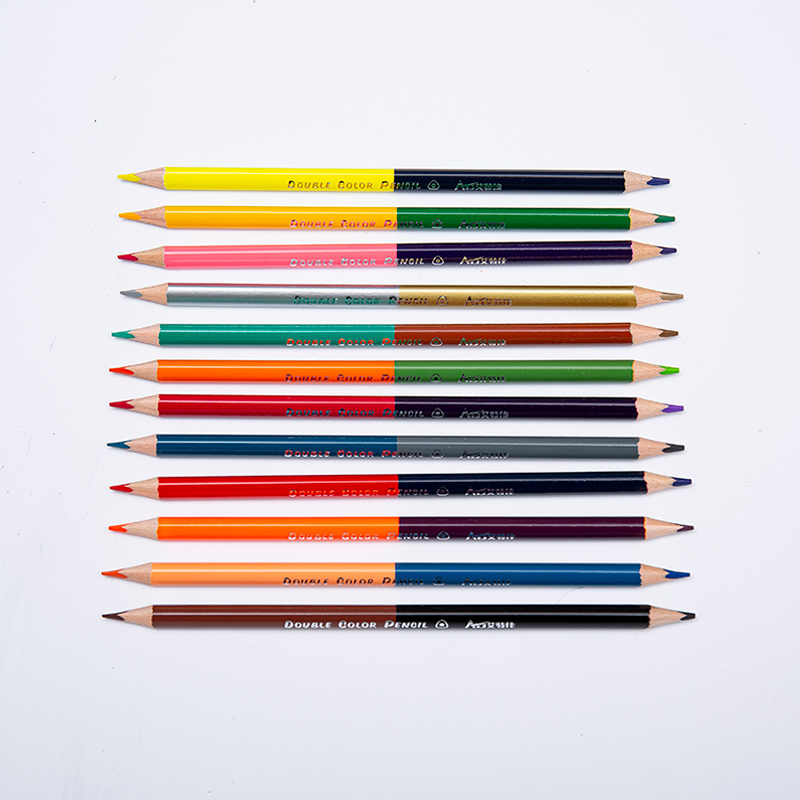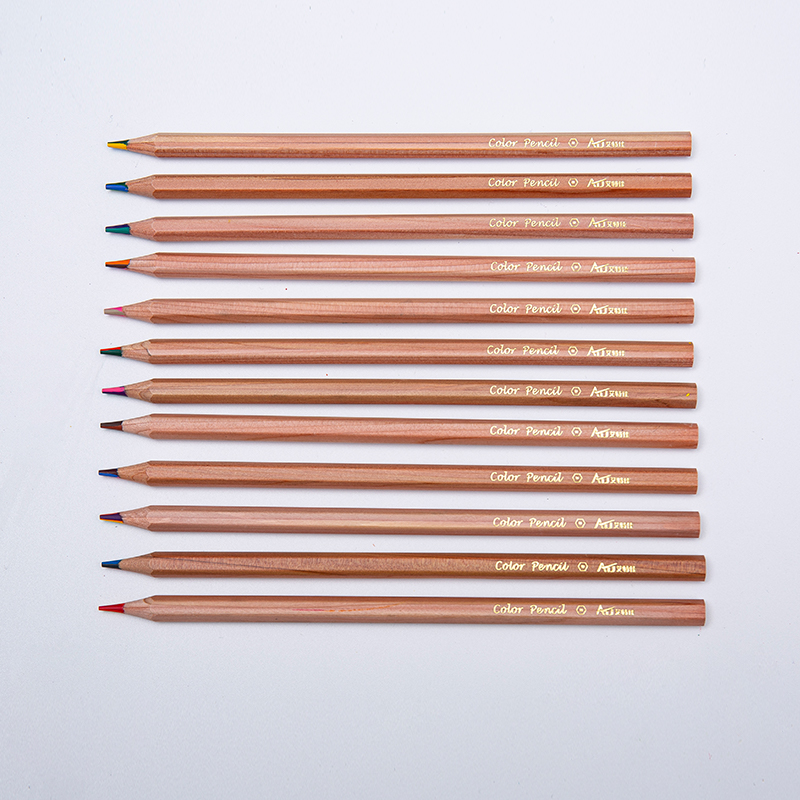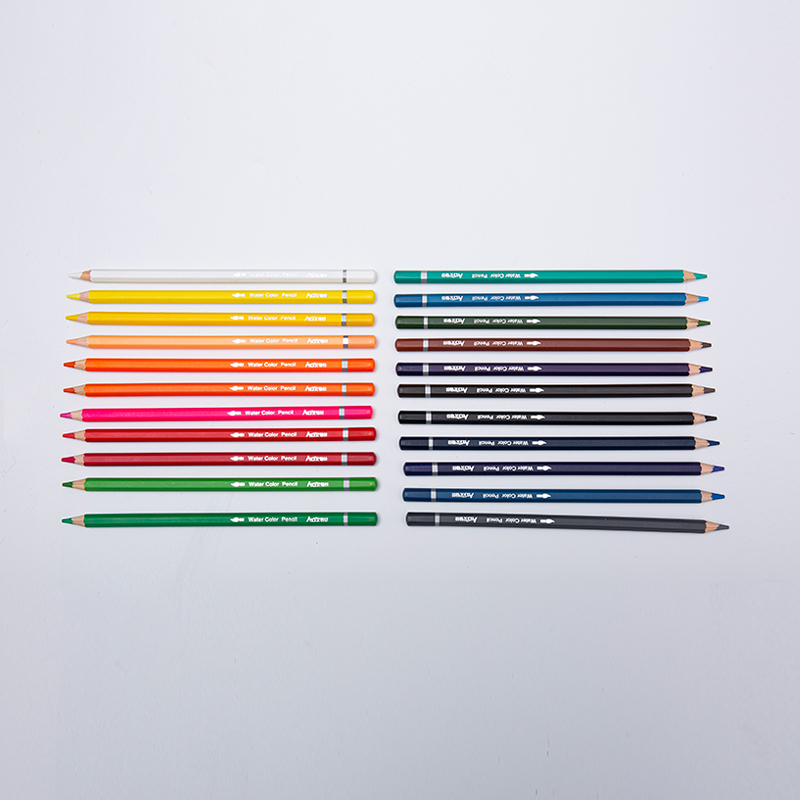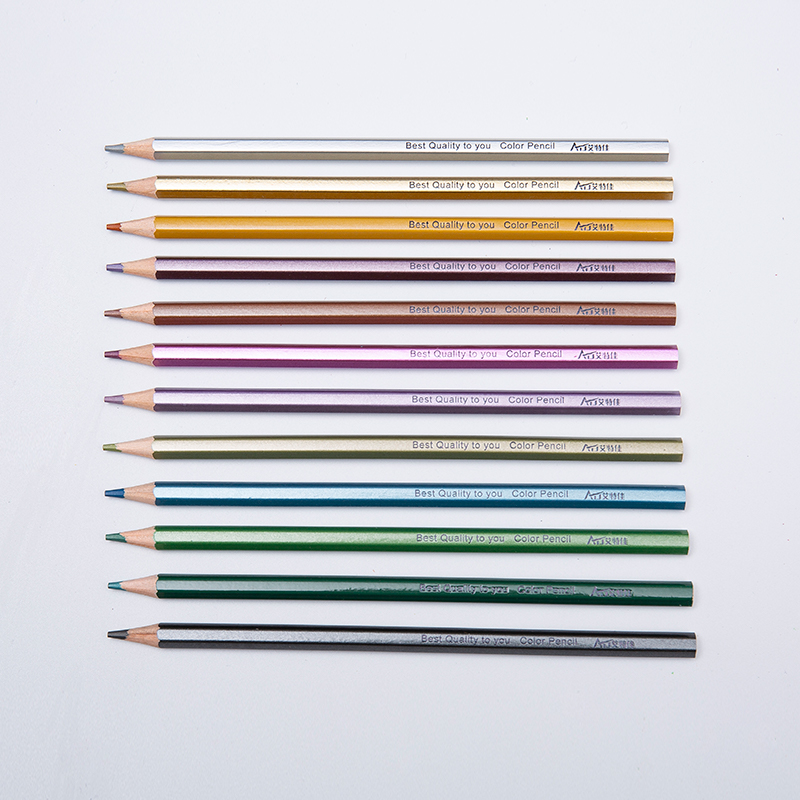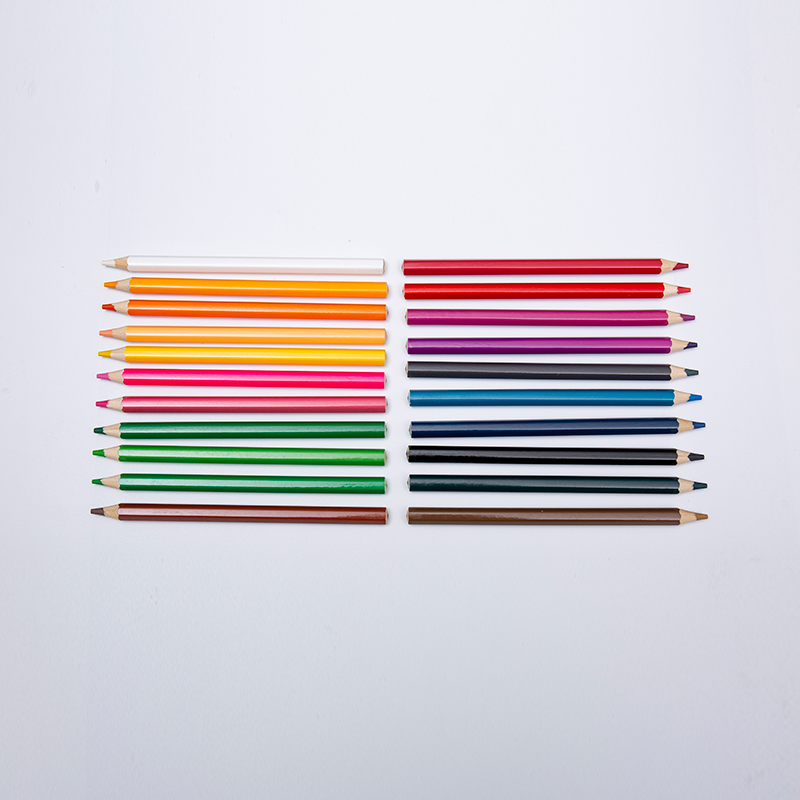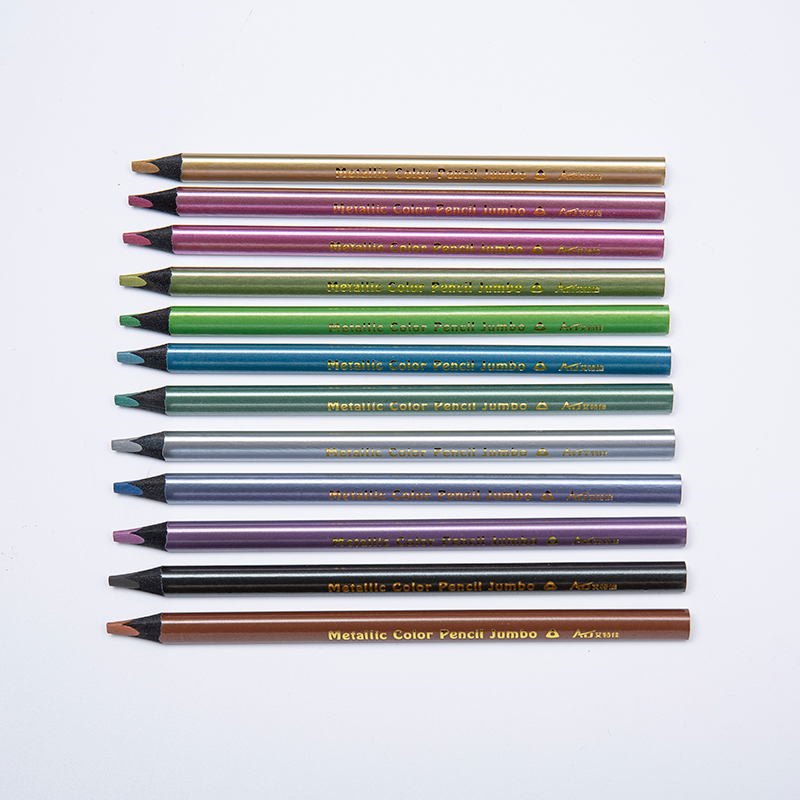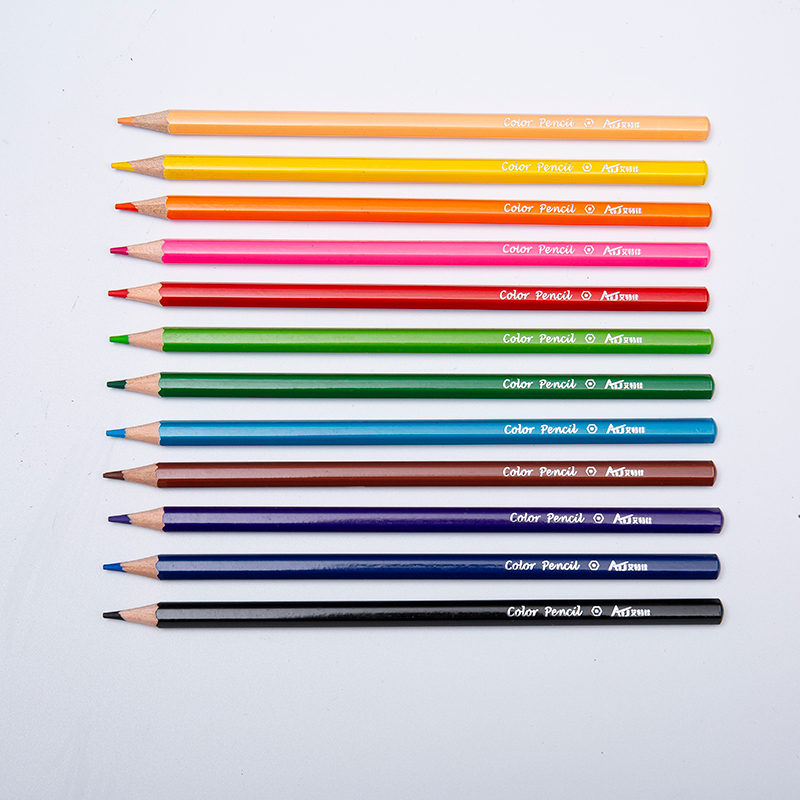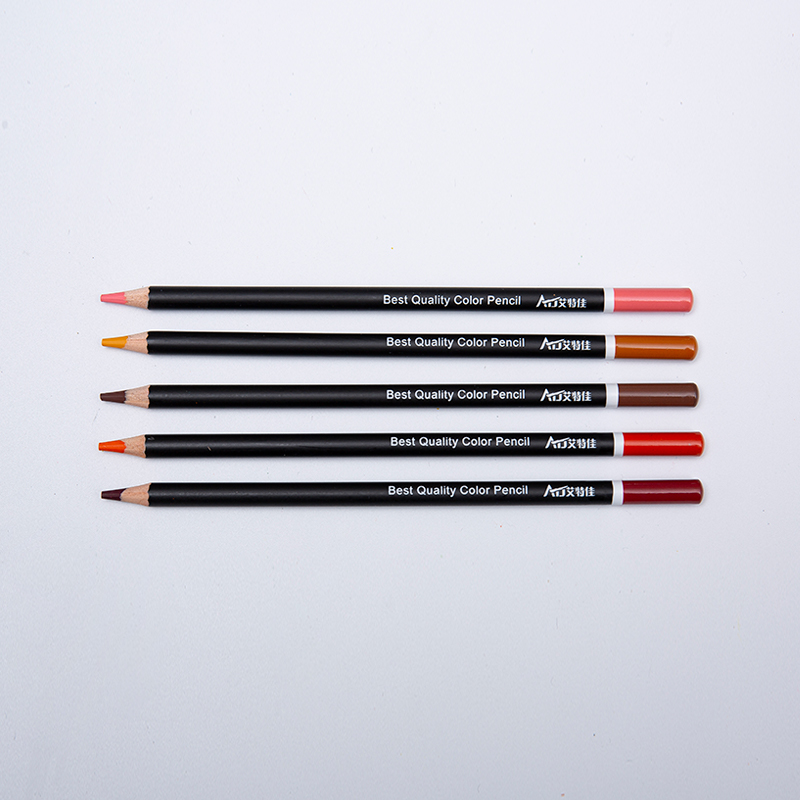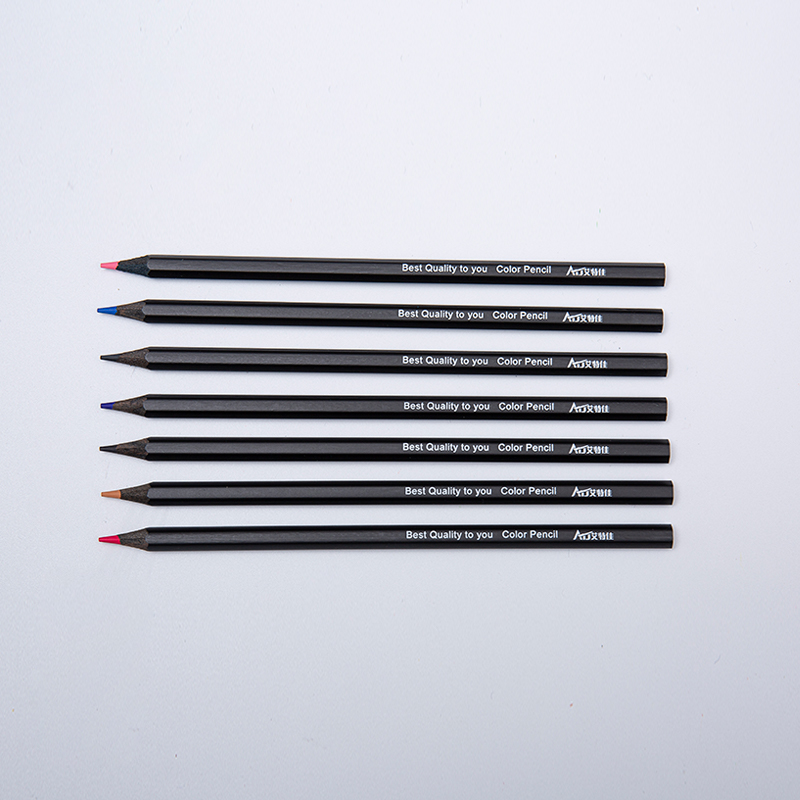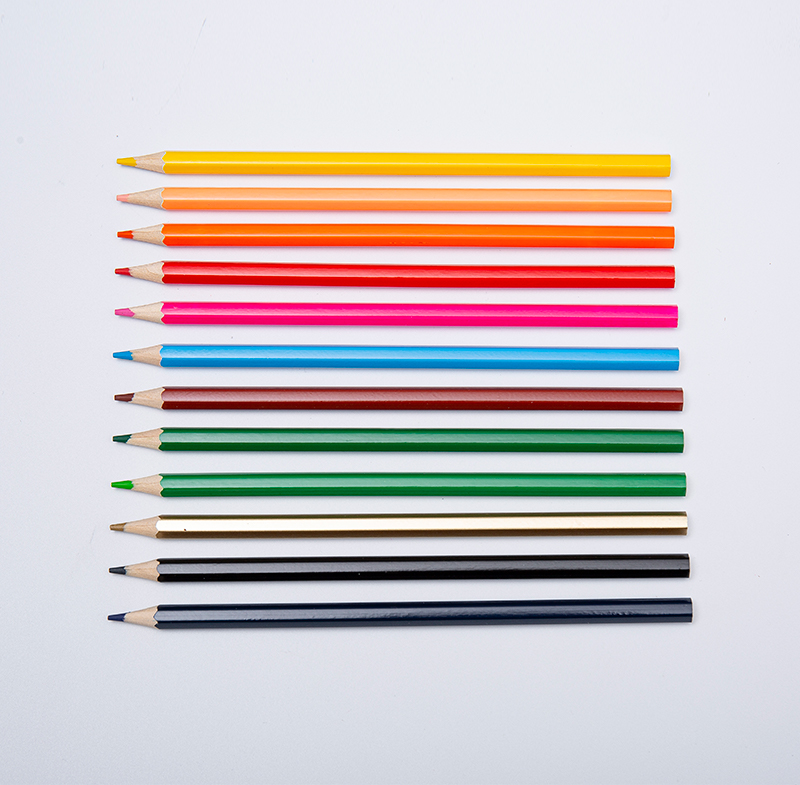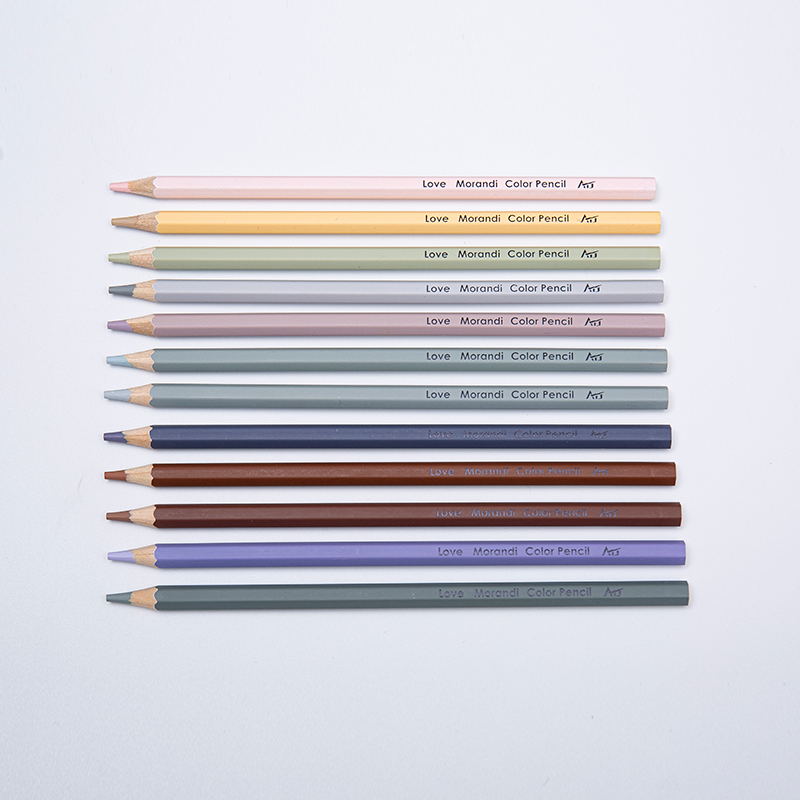The humble graphite pencil, a cornerstone of creativity and communication for centuries, is experiencing subtle yet significant shifts. While the classic round or hexagonal wooden casing remains dominant, a new contender is gaining traction, particularly in educational and ergonomic circles: the Hb Triangular Graphite Pencil. This design prompts a closer look at the broader landscape of Types Of Graphite Pencils and the enduring role of the Pure Graphite Pencil in specific applications. Is the triangle merely a fad, or does it signal a fundamental evolution in how we interact with this essential tool?
For generations, the Pure Graphite Pencil, graded by hardness and softness from 9H to 9B, has been the artist's faithful companion. Its core, a mixture of graphite and clay, allows for incredible versatility. A soft Pure Graphite Pencil (high B rating) lays down deep, velvety blacks ideal for expressive shading, while a hard Pure Graphite Pencil (high H rating) delivers precise, light lines for technical drafting or fine details. Understanding these Types Of Graphite Pencils is fundamental for anyone serious about drawing. The Pure Graphite Pencil offers unparalleled control and tonal range, making it irreplaceable for traditional artistry. However, for everyday writing and basic sketching, the reliable HB grade—offering a balance of hardness and darkness—reigns .
Enter the Hb Triangular Graphite Pencil. Designed primarily with ergonomics and early learning in mind, its three-sided shape provides distinct advantages. The flat facets naturally guide tiny fingers into a more stable and comfortable tripod grip, the foundation for good handwriting technique. This makes the Hb Triangular Graphite Pencil particularly popular in preschools and early elementary grades. Teachers and occupational therapists often advocate for them, seeing a noticeable improvement in grip fatigue and control among young learners compared to slippery round versions. The Hb Triangular Graphite Pencil isn't just for kids, though; some adults, especially those prone to hand cramps or seeking better control for prolonged writing sessions, find its shape beneficial.
This innovation sits within a remarkably diverse family of Types Of Graphite Pencils. Beyond the classic wooden pencil spectrum (H, HB, B, etc.), we have mechanical pencils offering consistent line width and no sharpening, clutch pencils holding thicker s favored by many artists, and carpenter pencils with their robust, flat design for marking rough surfaces. There are water-soluble graphite pencils, charcoal-graphite blends, and even non-reproducible blue s. Each type serves a distinct purpose within the vast ecosystem of Types Of Graphite Pencils. The Hb Triangular Graphite Pencil carves its niche primarily in the foundational writing and basic drawing stages, focusing on comfort and grip development.
Does the rise of the Hb Triangular Graphite Pencil threaten the traditional Pure Graphite Pencil? Unlikely. They serve different masters. The artist seeking the deepest blacks or the lightest guidelines will always reach for their specific grade of Pure Graphite Pencil. The nuances achievable with a high-quality Pure Graphite Pencil on textured paper are unmatched by any ergonomic casing design. The Pure Graphite Pencil remains the gold standard for expressive mark-making. The Hb Triangular Graphite Pencil, conversely, excels in its domain: making the physical act of writing and drawing more accessible and comfortable, especially during skill acquisition.
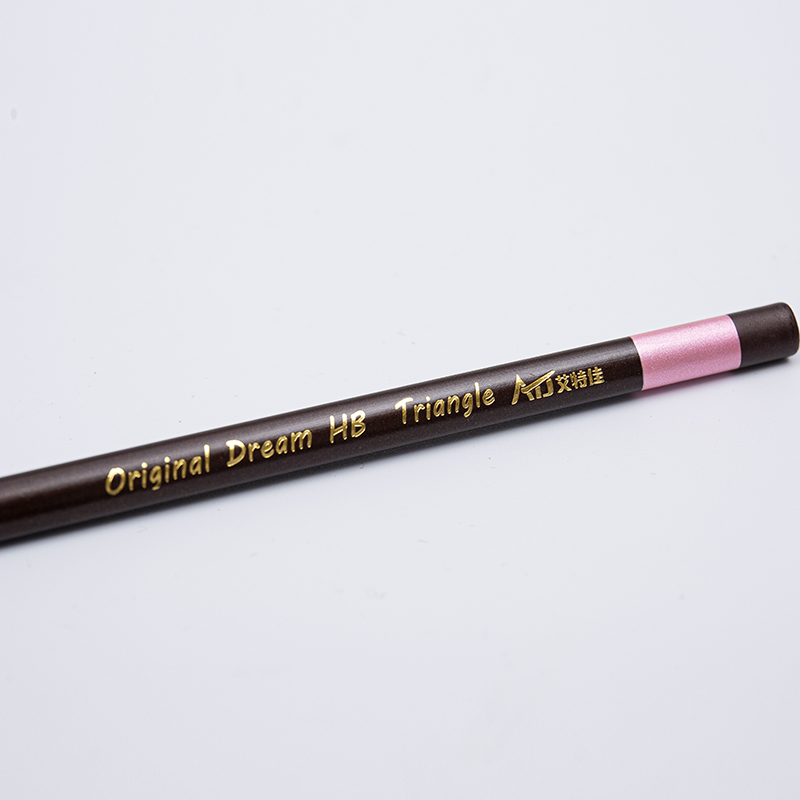
The market clearly shows room for both specialization and innovation. Manufacturers are expanding their Hb Triangular Graphite Pencil lines, sometimes offering them in softer (B) grades for basic sketching alongside the standard HB. This acknowledges that the comfort of the triangular shape can benefit drawing beginners too. However, the core material remains a graphite-clay mix—it's still fundamentally an HB or B grade pencil, just in a different casing. It doesn't replace the specific performance characteristics of a dedicated Pure Graphite Pencil range.
So, are Hb Triangular Graphite Pencils the future? They are certainly a significant part of the future, particularly in education and for users prioritizing comfort. They represent a thoughtful evolution in design thinking applied to a traditional tool. However, they exist alongside, not instead of, the rich variety of Types Of Graphite Pencils. The Pure Graphite Pencil, in its myriad hardness grades, retains its vital position for professional and serious amateur artists who demand specific performance from their core material. The Hb Triangular Graphite Pencil addresses ergonomics and accessibility, while the Pure Graphite Pencil delivers on material performance and artistic potential.
Ultimately, the pencil depends entirely on the task and the user. The proliferation of Types Of Graphite Pencils, including the innovative Hb Triangular Graphite Pencil, is a positive development, offering more choices to meet diverse needs. The classic Pure Graphite Pencil isn't going anywhere; its unique qualities ensure its continued relevance. The pencil industry thrives not on one design dominating, but on offering the right tool—be it a comfortable Hb Triangular Graphite Pencil for a child learning to write, a precise H-grade Pure Graphite Pencil for an architect, or a soft 6B Pure Graphite Pencil for a portrait artist—for every hand and every purpose. The future lies in this diversity, ensuring there's a pencil point for every line we need to draw or word we wish to write. Understanding the strengths of each type, from the specialized Pure Graphite Pencil to the user-friendly Hb Triangular Graphite Pencil, empowers users to choose wisely within the wide world of Types Of Graphite Pencils.


 English
English  Français
Français عربى
عربى Español
Español 中文简体
中文简体